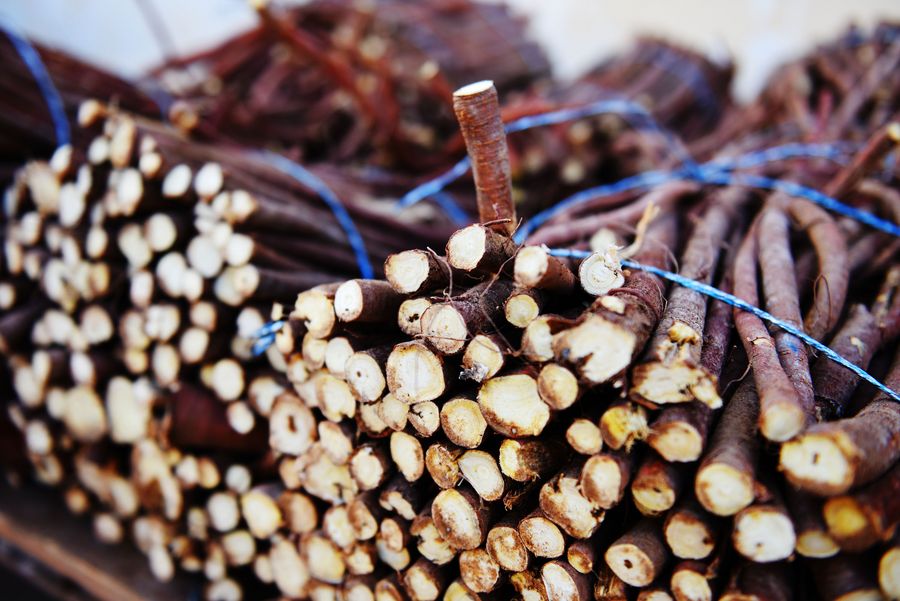
Photo taken on Nov. 21, 2019 shows the sorted licorice at a plant in the Ulan Buh Desert, north China's Inner Mongolia Autonomous Region. (Xinhua/Li Yunping)
China has set up a group of overseas Traditional Chinese Medicine (TCM) centers in relevant B&R countries and regions and is building a batch of bases for international cooperation on TCM.
BEIJING, Dec. 19 (Xinhua) -- Traditional Chinese Medicine (TCM) has been further incorporated into medical systems of Belt and Road countries due to China's increased medical exchanges and cooperation in the region, according to a forum on TCM development.
China has set up a group of overseas TCM centers in relevant B&R countries and regions and is building a batch of bases for international cooperation on TCM, according to participants at the forum, which was held in Beijing Wednesday.
Chinese TCM experts have also taken research tours to other countries, including Russia and Poland. Experts from China and the ASEAN have co-published a book listing 350 kinds of traditional medicines in the above countries.

A patient receives moxibustion therapy in Gaoqing County, east China's Shandong Province, July 12, 2019. Friday marks the beginning of sanfu, which refers to the three 10-day periods that are predicted to be the hottest days of the year. (Photo by Zhang Weitang/Xinhua)
Lui Tuck Yew, Singaporean ambassador to China, said Singapore attaches great importance to TCM development, and that acupuncture has been introduced in public hospitals for rehabilitative therapies.
Li Malin, vice governor of Yunnan province in southwest China, said nearly 800 foreign students come to Yunnan to study TCM on an annual basis, and that over one-third of the 350,000 foreign patients received by local hospitals are treated with TCM each year.
However, experts said the development of TCM in B&R countries still needs to address issues ranging from standardization, trade barriers, legal barriers, and the differences in cultural backgrounds and market demands between different countries.
The forum, the third of its kind, was co-organized by the Chinese People's Association for Friendship with Foreign Countries and the Beijing municipal people's government. It aimed to promote international cooperation on TCM. ■



